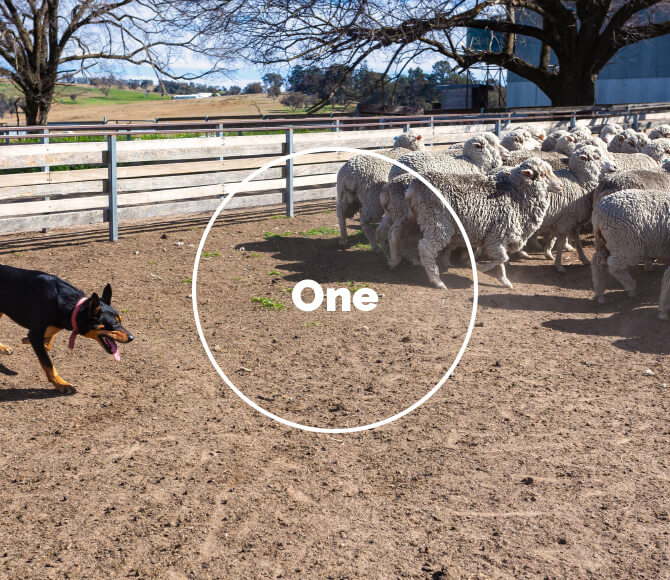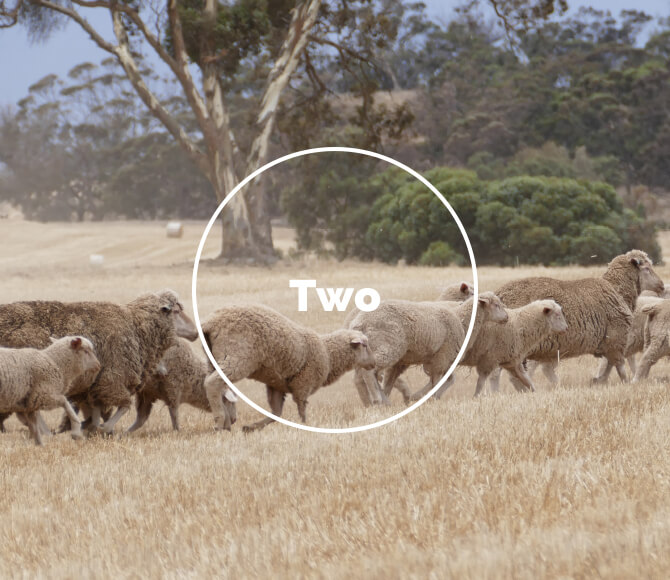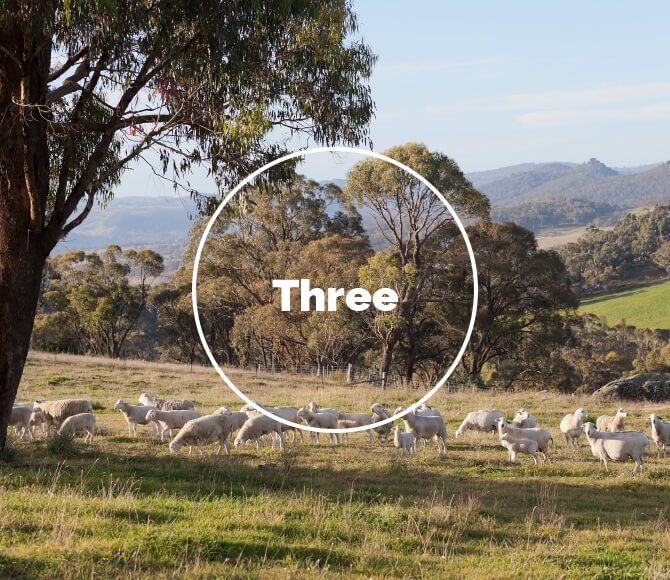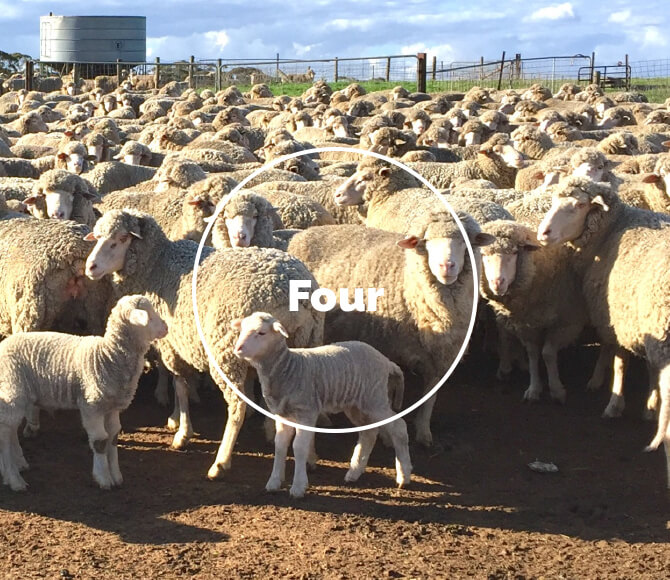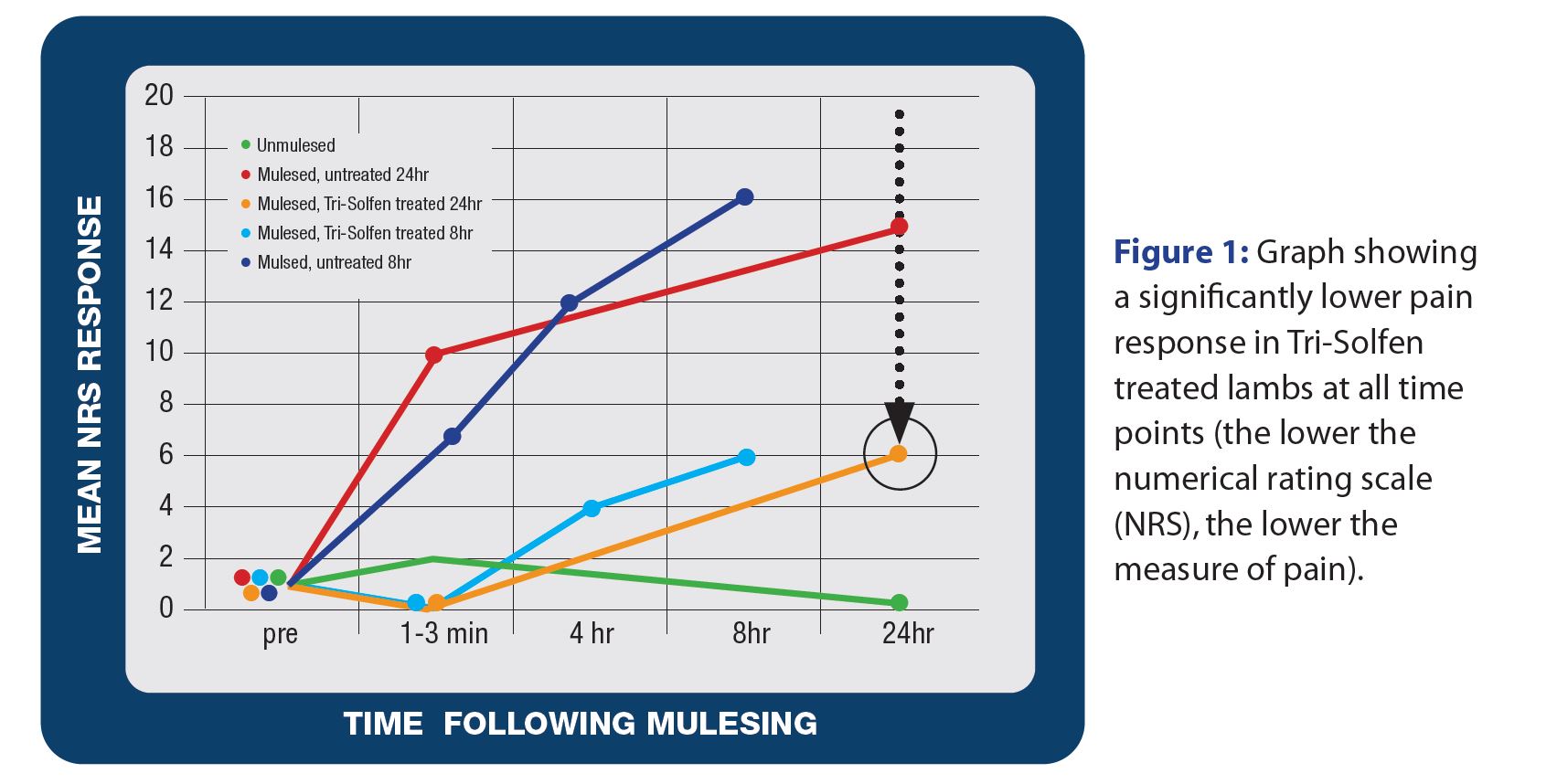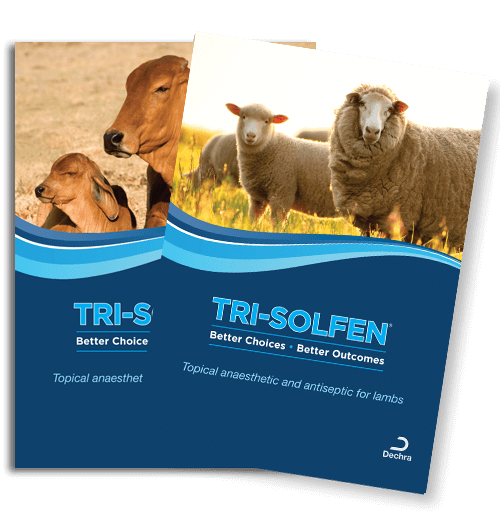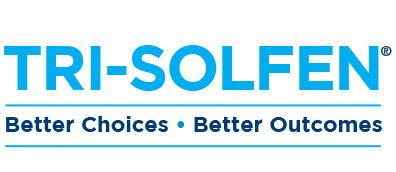Animal welfare is important for your livestock and for you.
The practices of mulesing, castration and tail docking lambs are considered essential to good flock management and the ongoing welfare of your sheep. These procedures reduce sexual activity, help to avoid blowfly strike and carcase damage. All of which lead to improved welfare for the animals. Producers, their customers, and consumers are more interested than ever before in animal welfare and an important aspect of that is managing and controlling pain when these types of procedures are carried out.
Find out more
